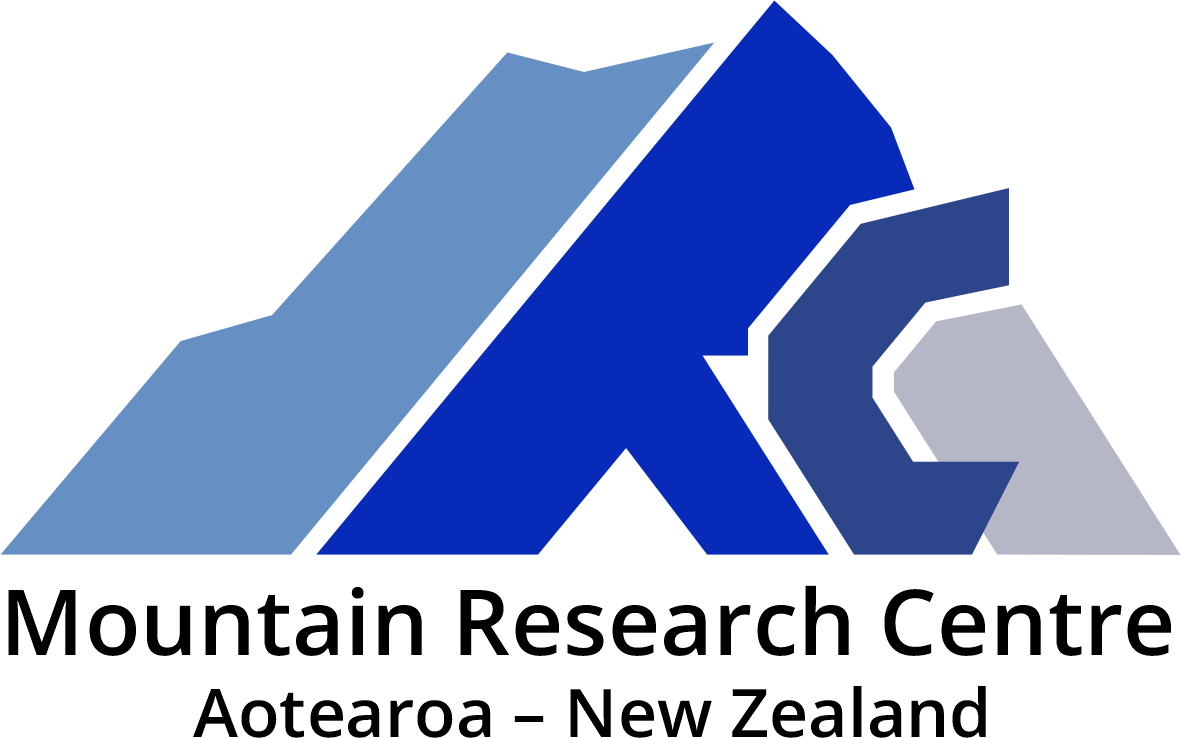In 2014, MRC members responded to a Call for Proposal to enroll a selection of New Zealand sites for regular monitoring by the VENμS microsatellite (Vegetation and Environment monitoring on a New Micro-Satellite). Two sites were selected for the mission, one along the Main Divide in Aoraki Mount Cook National Park and another covering Brewster Glacier.
This microsatellite, jointly built by the Israeli Space Agency (ISA) and Centre National d'Etudes Spatiales (CNES), provides imaging at 5m spatial resolution in 12 spectral bands in the Visible and Near Infrared (VNIR) every two days over two and half years.
The frequent revisit and constant geometry complements our work to characterise the dynamics of Tasman Glacier flow (Redpath et al., 2013), for which the finer spatial resolution offers the potential to determine variations of flow at a seasonal level.
The fine spectral resolution in the VNIR and frequent mapping of snow and ice albedo provides a new level of detail in mass balance monitoring and modelling of Brewster Glacier where we maintain instrumentation for long-term glacial observation (Sirguey et al., 2016).
As the 2.5-year imaging mission appraoches its end, MRC has compiled the VENµS record (L2A) for both New Zealand AOIs, highlighting how dynamic the Southern Alps are and shedding new light on mountain processes. Check it out on our new VENμS page...


